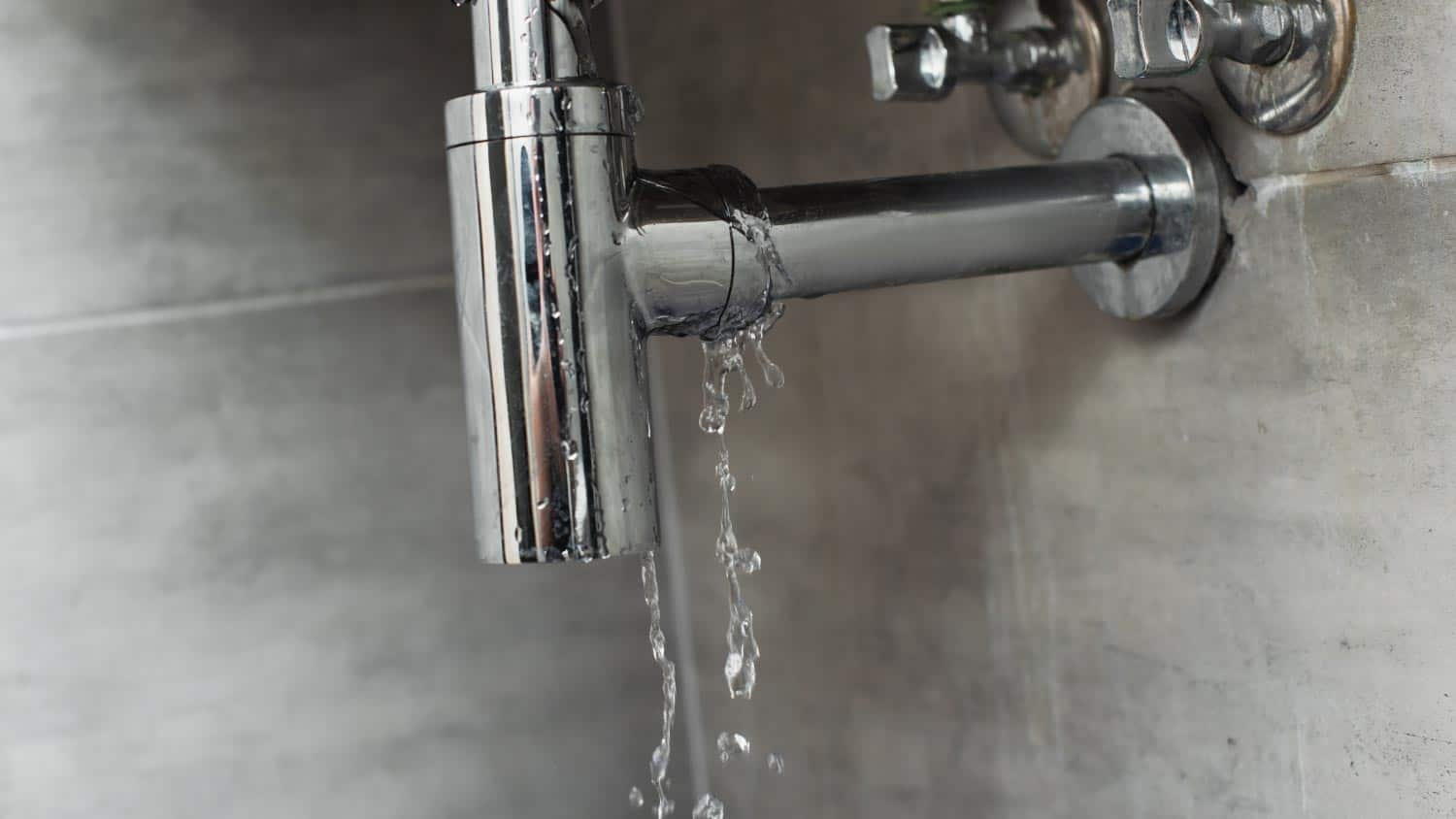Guide To Water Leakage Discovery In Your Home
Guide To Water Leakage Discovery In Your Home
Blog Article
Everyone is bound to have their own individual way of thinking involving Top leak detection hacks.

Early discovery of leaking water lines can mitigate a possible catastrophe. Some small water leakages might not be visible.
1. Examine the Water Meter
Checking it is a surefire way that helps you find leaks. If it relocates, that suggests a fast-moving leakage. This means you might have a slow leak that might also be underground.
2. Inspect Water Intake
Evaluate your water costs and track your water usage. As the one paying it, you need to discover if there are any type of discrepancies. If you find sudden changes, regardless of your usage coinciding, it means that you have leaks in your plumbing system. Bear in mind, your water bill ought to fall under the very same array monthly. An unexpected spike in your costs indicates a fast-moving leak.
A steady increase every month, even with the same habits, shows you have a slow leak that's also slowly intensifying. Call a plumber to completely inspect your residential property, specifically if you really feel a cozy area on your floor with piping underneath.
3. Do a Food Coloring Test
When it concerns water consumption, 30% comes from toilets. Examination to see if they are running effectively. Decline flecks of food color in the tank and wait 10 mins. There's a leakage between the tank and also dish if the color in some way infiltrates your dish during that time without flushing.
4. Asses Exterior Lines
Don't neglect to check your exterior water lines too. Must water seep out of the link, you have a loosened rubber gasket. One small leakage can lose loads of water and also spike your water expense.
5. Examine the situation as well as evaluate
Property owners must make it a habit to inspect under the sink counters as well as also inside cabinets for any type of bad odor or mold and mildew development. These two red flags show a leakage so prompt interest is called for. Doing routine evaluations, also bi-annually, can conserve you from a major trouble.
Inspect for discolorations and also damaging as many pipelines and devices have a life span. If you presume leaking water lines in your plumbing system, don't wait for it to rise.
Early discovery of leaking water lines can minimize a potential catastrophe. Some tiny water leaks may not be noticeable. Checking it is a proven way that aids you discover leaks. One tiny leak can lose lots of water as well as spike your water bill.
If you believe leaking water lines in your plumbing system, don't wait for it to rise.
Tips for Detecting Hidden Plumbing Leaks
Check for Signs of Water Damage
We recommend that you check the following places for evidence of water damage:
Near where you store your water heater
Around your sump pump
In areas where pipes are visible
Underneath cabinetry or a vanity beneath a sink
Where your outside hose bib isIf water damage is present, you may also notice mold and/or mildew or smell a foul or musky odor. You might also be able to hear the sound of water running where it shouldn’t be.
Perform a Water Meter Test
One of the easiest ways to determine whether you have a hidden leak on your property is to test your water meter. Turn off all appliances in that use water and make sure you don’t have any faucets running. Locate your water meter and record the reading on it. Continue to leave everything off for a minimum of two hours and then go back and see the meter reading. If it’s a noticeable difference, chances are you have a hidden plumbing leak.
Monitor Your Outside Usage
As the seasons change, you might use more water to keep your yard lush and green and your flowers blooming. However, it’s important to routinely ensure that your sprinkler or irrigation system is working properly and that any outside faucets are completely off. This way you’re not wasting any water.
Do the Toilet Food Coloring Test
Are you kept up at night because your toilet continues to run? If you’ve noticed your toilet randomly refills, especially when it’s not in use, it could mean you have a defective flapper tank and water will leak into the bowl. Fortunately, there’s an easy (and kind of fun!) way to test whether you’re dealing with this issue. Grab some food coloring and add a few drops into your toilet’s tank. Wait 15 minutes and then check to see whether the water in the bowl is colored. If it is, you have a leak within your toilet and the internal assembly will need to be repaired or replaced.
https://www.carterservices.com/blog/2020/february/tips-for-detecting-hidden-plumbing-leaks/

We were brought to that report on Hacks to detect leaks from a good friend on our other blog. Enjoyed our post? Please share it. Help someone else locate it. I value reading our article about Finding hidden leaks.
Report this page